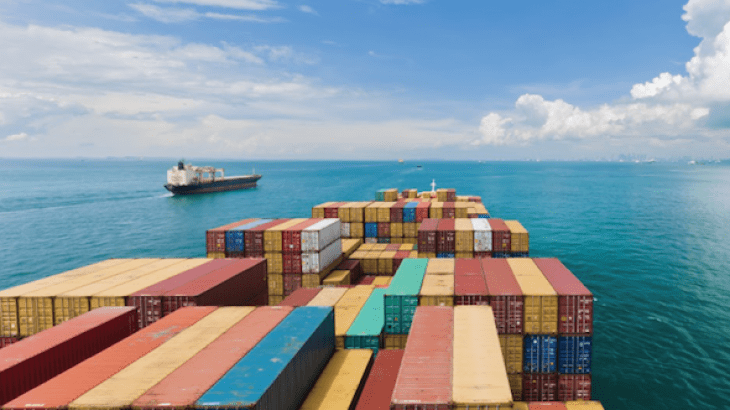Last week Prime Minister Andrew Holness made headlines when he declared a new national renewable energy goal of 50% by 2030. This increase from the previous target of 30% was announced during the launch ceremony for the installation of solar panels on the Prime Minister’s offices in Kingston, a symbolic energy project which many hope is an indicator of the government’s broader intentions for the energy sector.
The new target has been lauded by many, but a gameplan to reach it has not yet been determined. It’s been a politically choppy year for Jamaica’s energy sector so that gameplan may take a while to emerge. The Minister of Energy and several board members of Petrojam tendered their resignation earlier this year amidst swirling claims of corruption. As it stands, the energy portfolio currently resides in the Office of the Prime Minister, but some question his capacity to effectively manage the portfolio given his oversight of an additional 70 agencies, departments and divisions.
When the political dust settles, questions need to be asked about the lack of support for distributed generation, with current policies that hamper grid interconnection.
As far as utility-scale renewables are concerned, however, Jamaica can point to several successes. Wigton Wind Farm I, II and III (63 MW), BMR’s wind farm (36 MW), and the Content Solar Farm (20 MW) all demonstrate that developers can overcome the challenges associated with executing large scale energy projects on an island. Another solar plant is under construction in Westmoreland Parish which on completion will be the largest solar farm in Jamaica and one of the largest in the Caribbean.
At the launch ceremony, Prime Minister Holness laid out the environmental threats facing Jamaica, and indicated his intent to focus on the energy sector. He emphasized the need to take “proactive steps to ensure that we can recover from climate change disasters. In other words,” he continued, “we have to take steps not just so that we can adapt, not just so that we can adopt new technology but so that we are resilient, that we can recover and survive.”
Renewables are a big piece of that puzzle, and the 50% target is ambitious and to be applauded. But what the market is really waiting for is the substance behind the declaration. The Integrated Resource Plan (IRP) is, by all accounts, close to completion. Sources suggest that the generation component of the plan is complete with the transmission and distribution piece not far behind. That will give investors a strong sense for the direction of the energy sector. Equally eagerly awaited is the long-promised RFP for the next phase of investment in renewables. Between the IRP and the RFP, we will learn soon enough whether the 50% goal is grandstanding or a real and achievable target.
What are your thoughts? Join the conversation on our CREF LinkedIn Group here.

